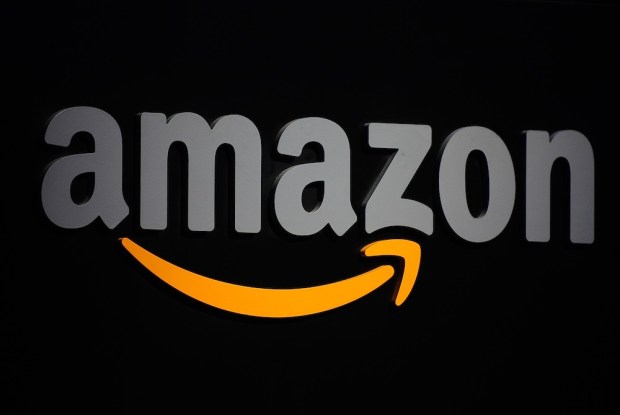Amazon Sets Record Straight On Retail Ambitions

With the recent announcement of details surrounding the new Amazon Go grocery stores, which will feature “Just Walk Out” technology, new reports have surfaced about the size and scale of the retail giant’s brick-and-mortar ventures.
While people familiar with the matter reportedly told the Wall Street Journal that Amazon was looking to open more than 2,000 brick-and-mortar grocery stores depending on the success of its test locations, the eCommerce giant made it clear that is not the case.
“It’s absolutely not correct,” Amazon spokeswoman Pia Arthur said in an email to CNET just two days after the WSJ’s report. “We have no plans to open 2,000 of anything. Not even close. We are still learning.”
Amazon also shot down rumors that it may open a 30,000- to 40,000-square-foot discount grocery store offering limited fresh selections in store and more for delivery via touchscreen orders, similar in style to European chains Aldi or Lidl.
“No plans to build such a store,” Arthur added.
What Amazon did confirm, through its recent video announcement, is that the first location of its Amazon Go grocery stores will open its doors in early 2017 in Seattle and without traditional registers. The technology available in the store is expected to enhance the experience with no lines and no waiting through a virtual shopping cart that processes what customers pick up to then charge them.
Customers are allowed access to the store with their smartphone, which will already have the necessary Amazon Go app downloaded. They tap the digital turnstile and start perusing the store. Using a combination of sensors, computer vision and “deep learning,” Amazon claims it can understand what each customer picks up and then adds it to their bill. If they put an item back, it senses that, too. When the customer leaves the store, the app bills the purchases to the customer’s card on file and pings over a receipt.
The first Amazon Go location will be 1,800 square feet and available at first only to its employees and then the public next year.
